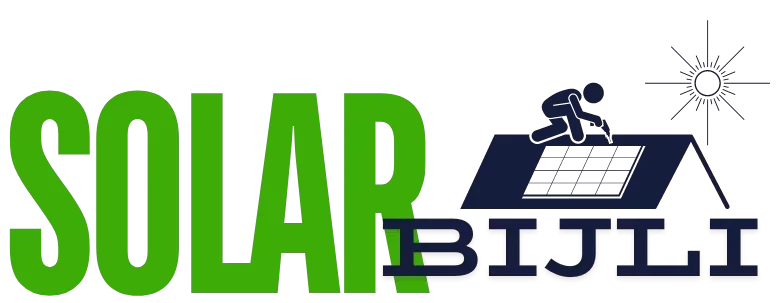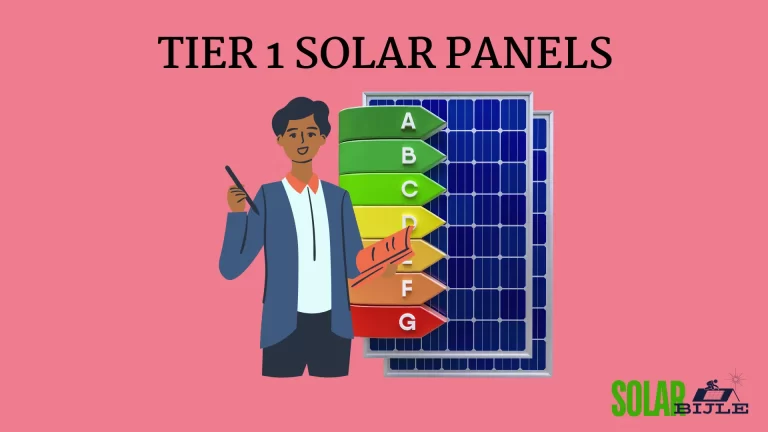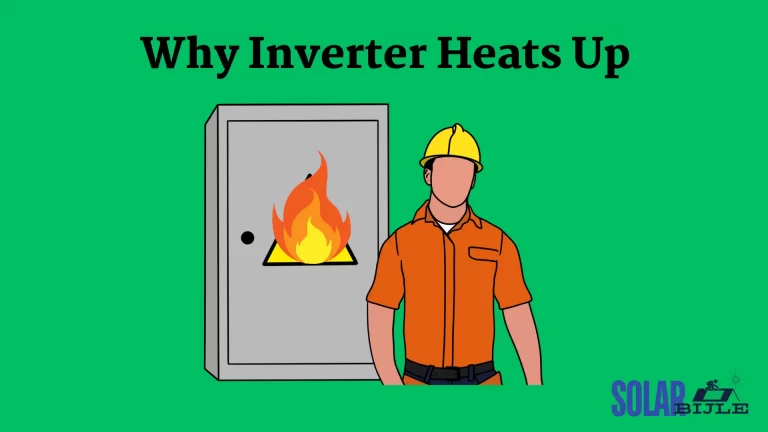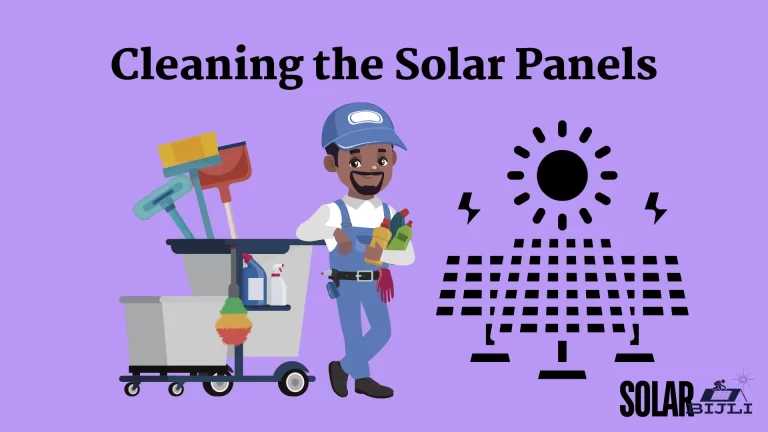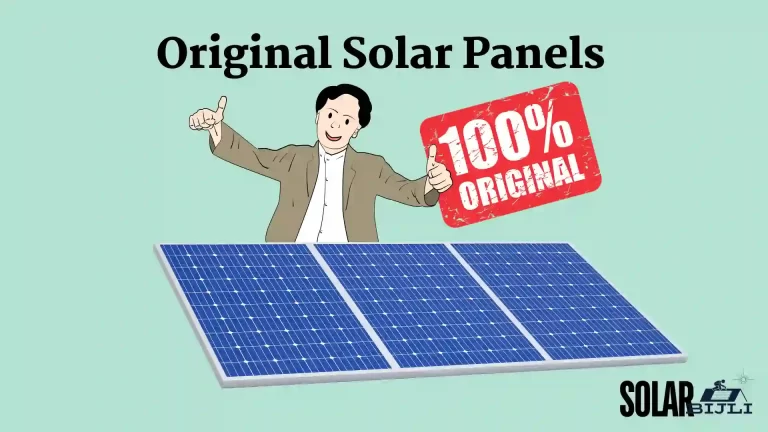Solar panels can break. So if you have a broken solar panel, don’t be worried. This guide will provides detailed information on how solar panels can break, what to do if they are broken, whether they can be reused or repaired, and the implications for the overall solar system.
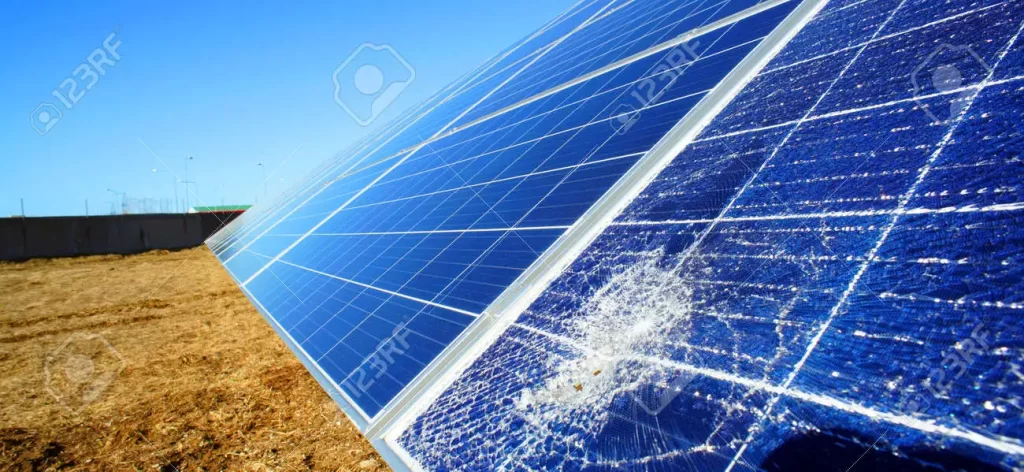
How Solar Panels Can Break?
Solar panels like any other glass item can break due to several reasons:
Impact Damage
Falling from heights during installation or strong impact of some hard item can shatter the tempered glass surface.
Severe Weather
Hailstorms, heavy winds, or other severe weather conditions can cause physical damage. Hail storm is one of the most common reason of solar panel damage.
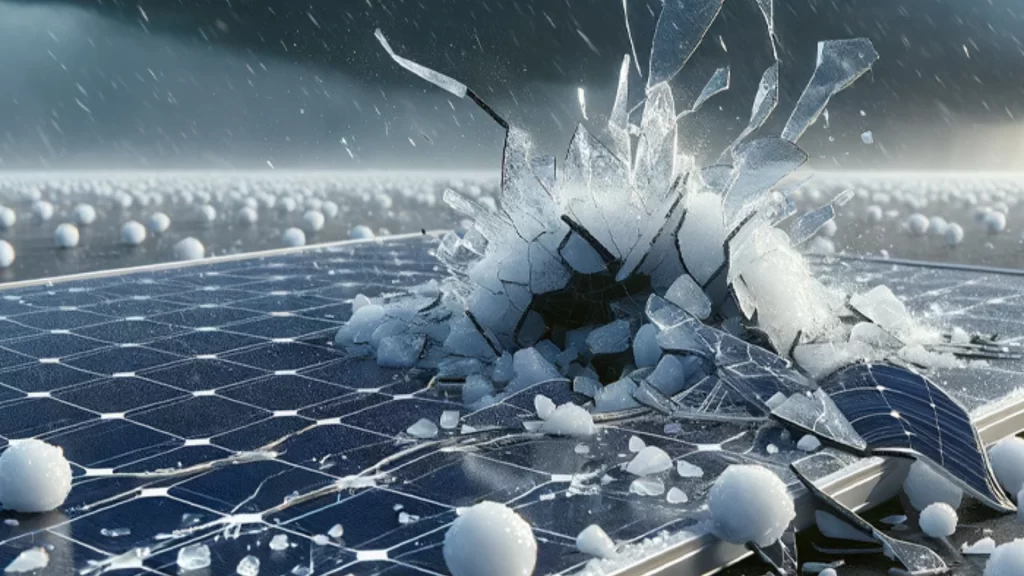
Manufacturing Defects
Rarely, defects during manufacturing can lead to panel failure. This can and will always be taken care by warranty.
Thermal Stress
Rapid temperature changes can cause expansion and contraction, leading to cracks. Therefore never put cold water on hot solar plates directly. Always wash solar plates either first time in morning or at night when the temperatures have dropped.
How Strong is Solar Panel
Almost all solar panels are rated at IP67. It means that they can withstand immersion in water at a depth of 1 meter (3.2 ft) for 30 minutes. The 6 in IP67 indicates the highest level of protection available against dirt and debris.
In 2017, Denver was hit by a massive hailstorm. The hail stones were about the size of a golf ball and destroyed countless roofs, windows, and cars.
The storm also passed over the National Renewable Energy Lab in Golden. This site is home to 3,168 solar panels, so naturally, it was assumed that the storm would have caused great damage. In the aftermath, it was discovered that just one single solar panel out of over 3,000 was broken.
The strength of a panel does depend on the quality of the brand, but you can generally expect solar panels to be able to tolerate:
- Winds of up to 140 mph (category four hurricane)
- A snow load of at least 5,000 pascals or up to four feet of snow (remember, due to their tilt, snow easily slides off solar panels)
- Hailstones from 1 – 3 inches in diameter
What to Do if Your Solar Panel is Broken
If your solar panel get broken, you need to approach this situation systematically.
Safety First: Turn off the solar system to prevent any electrical hazards. Wear rubber gloves for more safety.
Assess the Damage: Check the extent of the damage to determine if it is just the glass or if the cells are also affected. Be careful of broken glass as they can cut you.
Test for Voltage: Use a multimeter to test if the panel is still producing voltage, though this is not a definitive test of functionality.
Protect the Panel: If you plan to temporarily keep the panel in place, ensure it is protected from further damage.
Protect from Water and Dust: Till the time proper disposal is not done, keep them safe from water and dust.
Can You Use a Broken Solar Panel Again?
Reusing a broken solar panel depends on the extent of the damage. Minor damages may not affect its performance much, but as the damage goes high performance deteriorates till complete failure.
Minor Surface Cracks
Panels with minor cracks may still function but at reduced efficiency.
Severe Damage
Panels with significant damage to the cells or connections should not be reused.
Temporary Solutions
In some cases, broken panels might be used temporarily until a replacement is available, but this is not recommended for long-term use.
Can Broken Solar Panels Be Repaired?
Repairing broken solar panels is often not feasible. But this depends upon degree of damage. If th strings are bro
Tempered Glass: Once the tempered glass is shattered, it cannot be repaired.
Cell Damage: Damage to the cells typically results in a permanent loss of efficiency.
Seal Integrity: Repairing the outer casing or seals is difficult and often unreliable.
Efficiency of Broken Solar Panels
Broken solar panels usually suffer from reduced efficiency:
Efficiency Loss: Even minor cracks can significantly reduce a panel’s efficiency due to cell damage and increased resistance.
Average Efficiency: The average efficiency of a new solar panel is around 22%. This can drop drastically with damage.
Implications: Reduced efficiency means less energy production and lower overall performance of your solar system.
Impact on the Solar System
Using broken solar panels can negatively affect the entire solar system:
Overall Output: A broken panel can lower the overall output of the solar array.
String Configuration: In series connections, one damaged panel can affect the performance of the entire string.
Long-Term Damage: Prolonged use of damaged panels can lead to further deterioration and potential damage to other system components.
Conclusion
When dealing with broken solar panels, the best course of action is usually to replace them. Attempting to reuse or repair broken panels can lead to inefficiencies and potential damage to your entire solar system. Always prioritize safety and ensure that your solar array is operating at its optimal efficiency by maintaining and replacing panels as needed.
